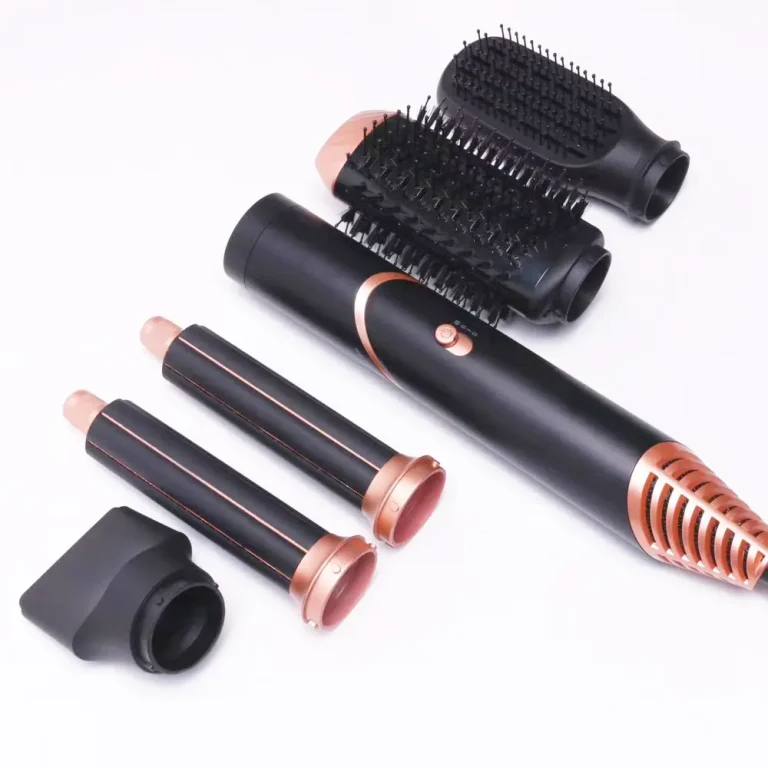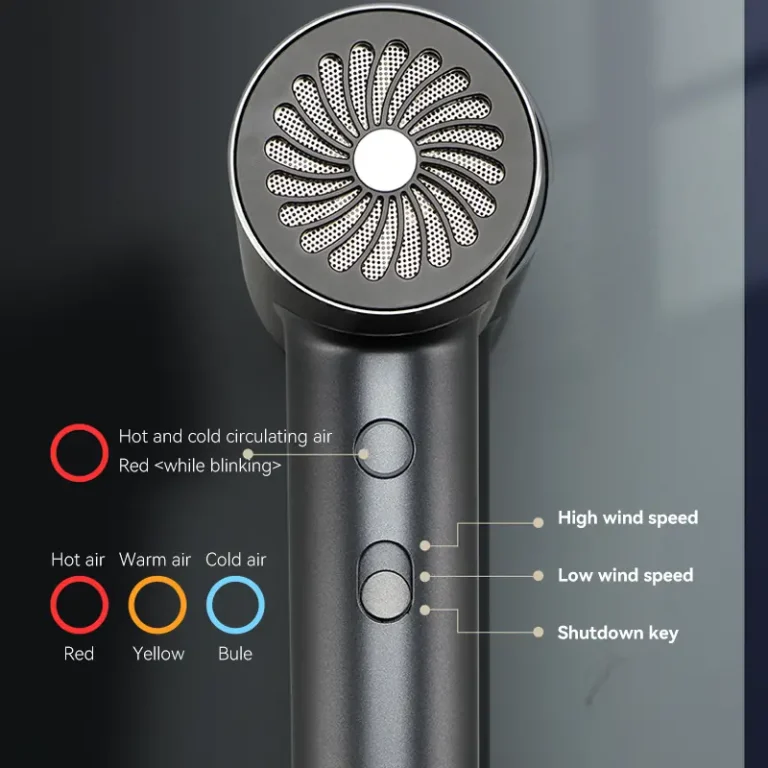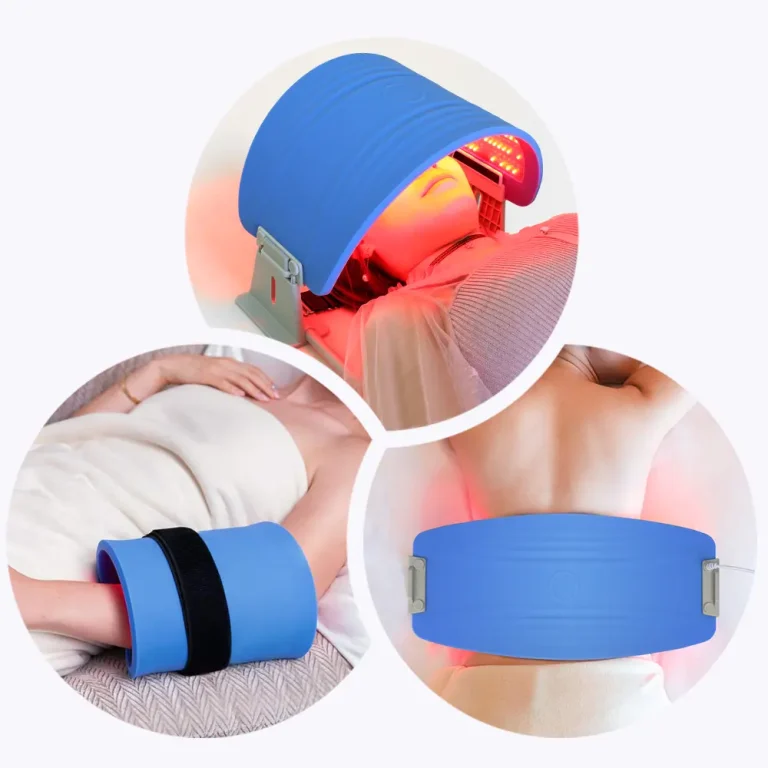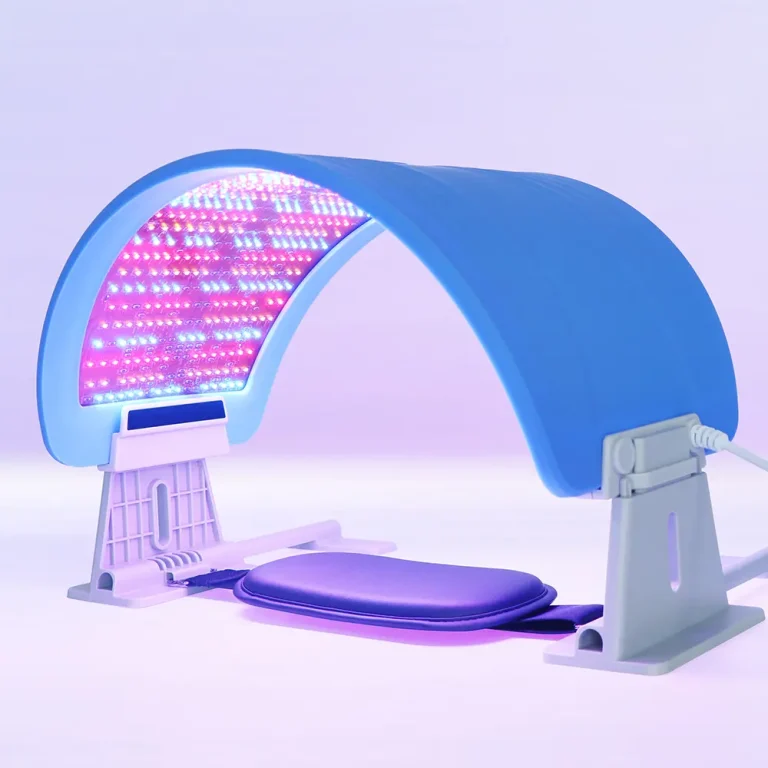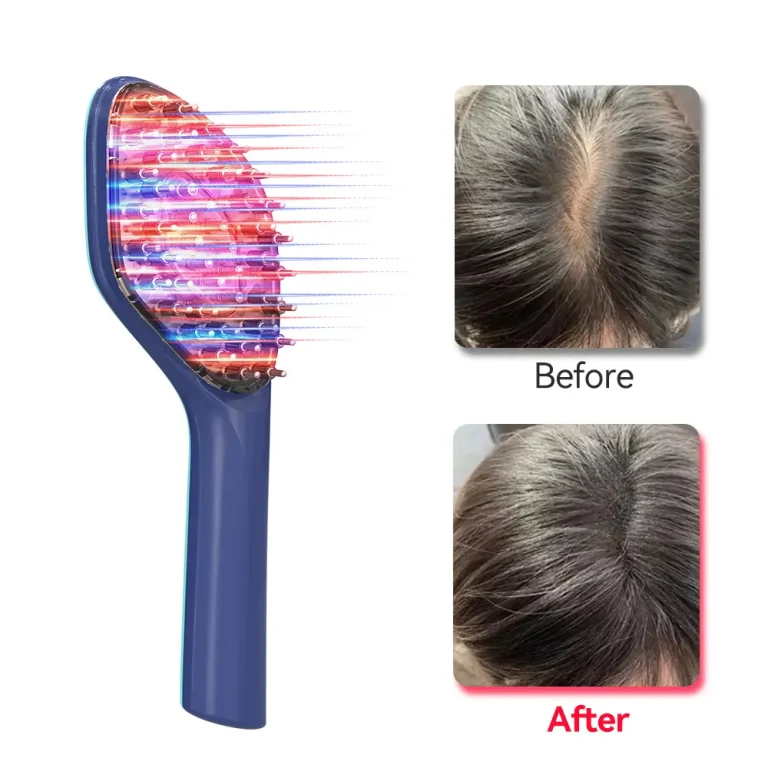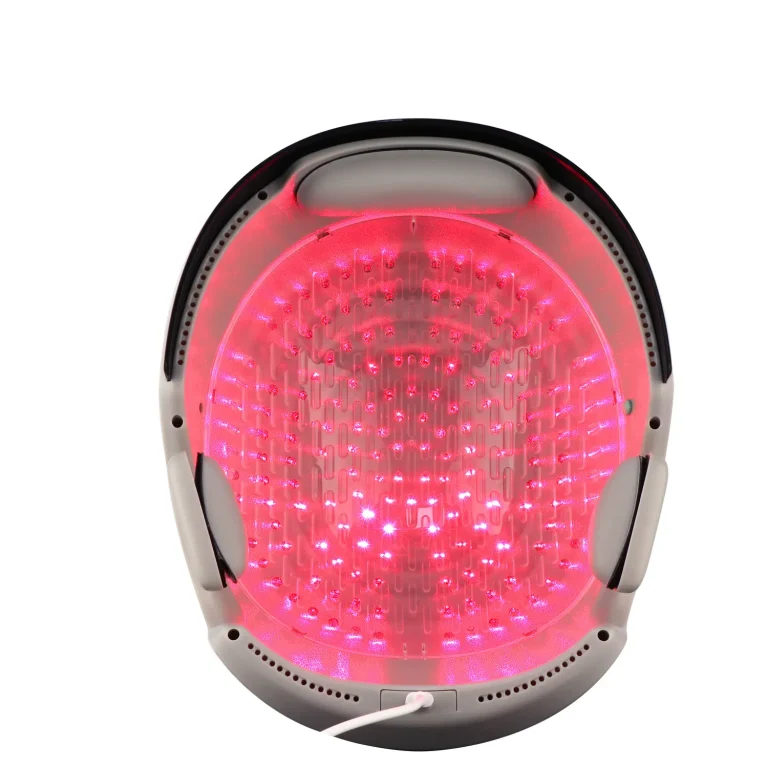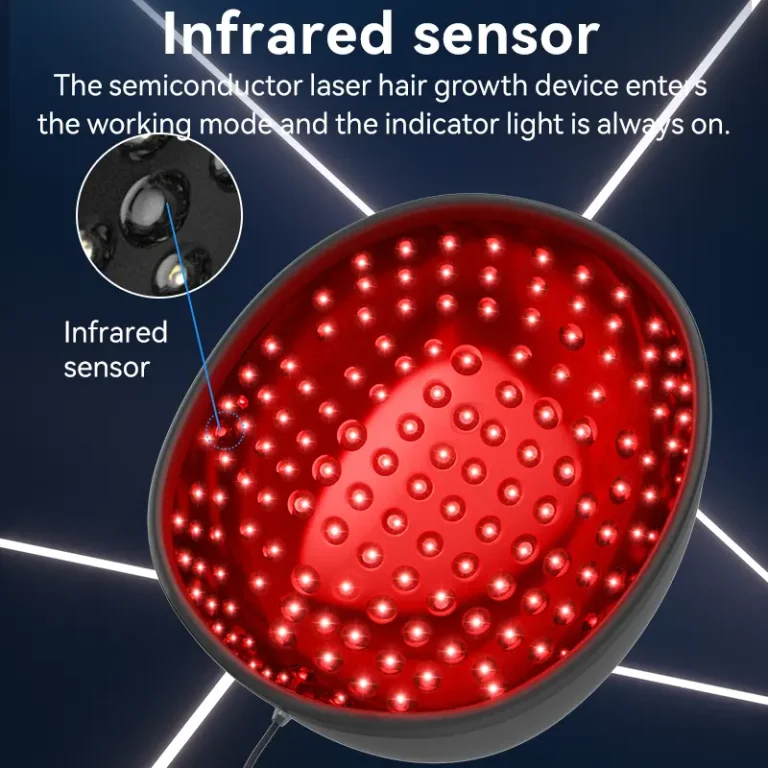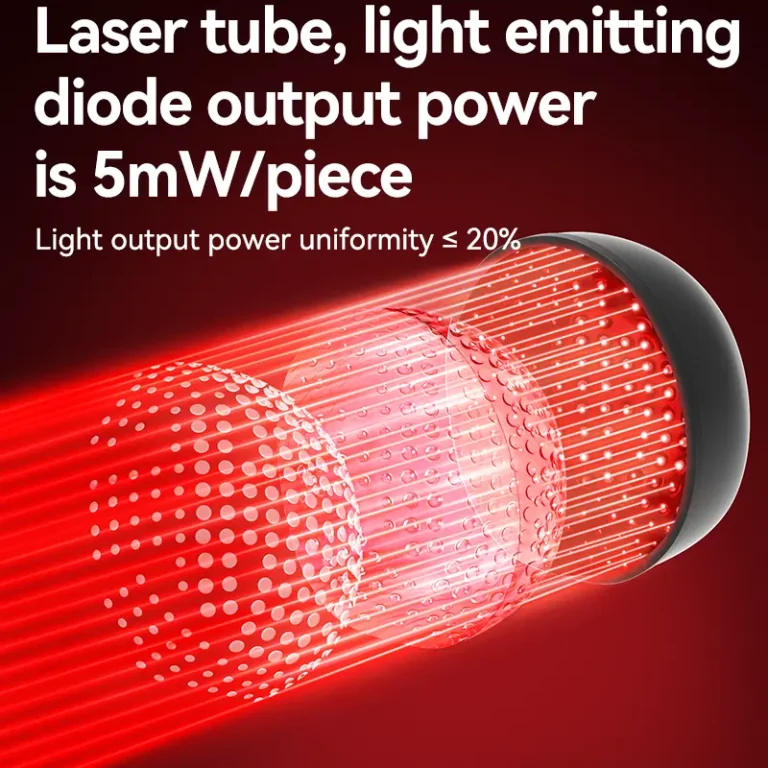In the quest for smooth, hair-free skin, many turn to advanced technologies such as IPL (Intense Pulsed Light) and laser hair removal devices. While both methods aim to reduce unwanted hair growth effectively, they employ different technologies and offer distinct benefits. Understanding the differences between IPL and laser hair removal devices can help you make an informed decision about which method best suits your needs.
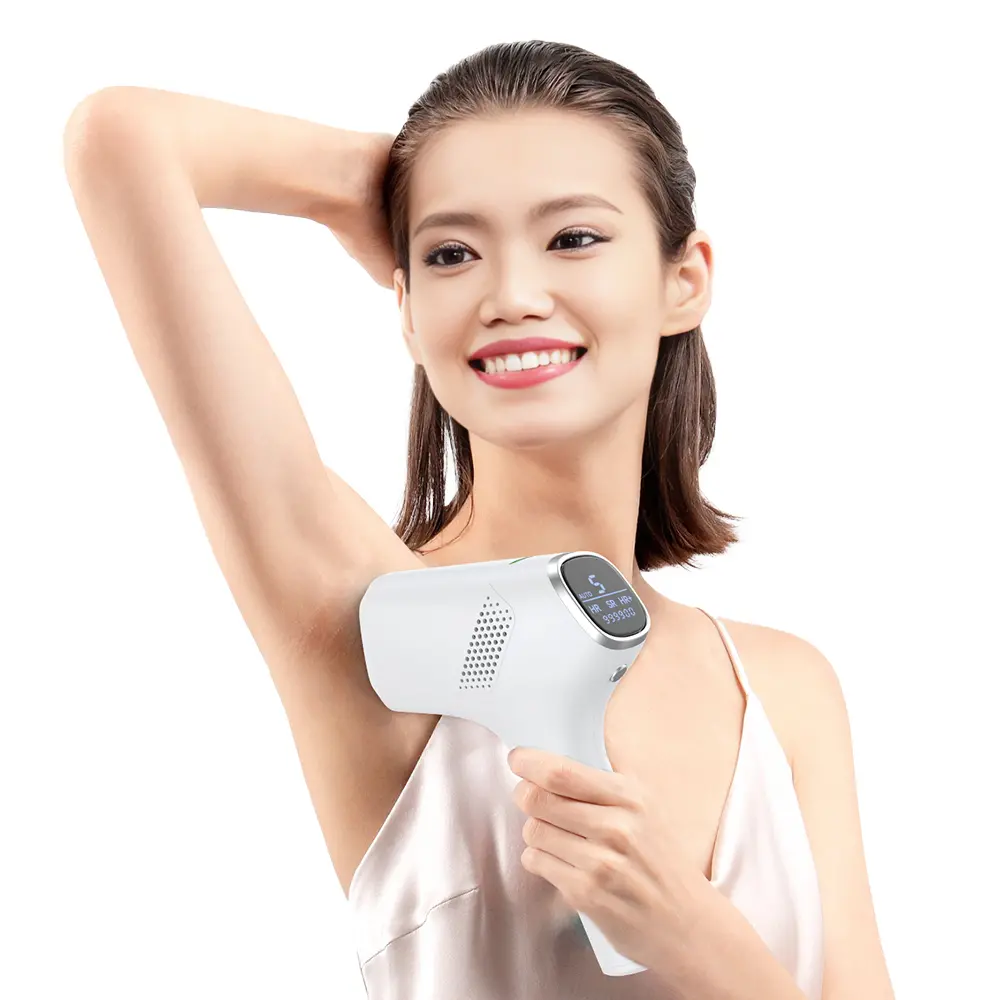
1. Technology and Mechanism
IPL Hair Removal Devices:
- How It Works: IPL devices use broad-spectrum light to target the melanin (pigment) in hair follicles. The light energy is absorbed by the pigment, which then converts to heat, damaging the hair follicle and inhibiting future growth.
- Light Spectrum: IPL emits multiple wavelengths of light (typically between 500 to 1200 nm), making it a versatile treatment option for various skin and hair types.
Laser Hair Removal Devices:
- How It Works: Laser hair removal devices use a concentrated beam of monochromatic light (single wavelength) to target the melanin in hair follicles. The intense heat from the laser damages the follicle, preventing hair growth.
- Light Spectrum: Laser devices emit a single wavelength of light, which can be adjusted to specifically target hair follicles more precisely than IPL.
2. Effectiveness and Results
IPL Hair Removal Devices:
- Effectiveness: IPL is effective for reducing hair growth, particularly on lighter skin tones with darker hair. The broad spectrum of light means it can treat larger areas more quickly.
- Results: IPL typically requires more treatment sessions than laser hair removal to achieve similar results. It is often recommended for maintenance treatments to keep hair regrowth at bay.
Laser Hair Removal Devices:
- Effectiveness: Laser hair removal tends to be more precise and can be more effective for targeting dark, coarse hair on light skin. However, advancements in technology have made it suitable for a wider range of skin tones and hair colors.
- Results: Laser treatments often provide quicker and more long-lasting results compared to IPL. Fewer sessions are usually needed to achieve significant hair reduction.
3. Treatment Areas and Versatility
IPL Hair Removal Devices:
- Treatment Areas: IPL devices can cover larger areas of the body, such as legs, arms, and back, relatively quickly due to the broad-spectrum light.
- Versatility: While effective, IPL may not be as precise for small, intricate areas like the upper lip or bikini line.
Laser Hair Removal Devices:
- Treatment Areas: Laser devices are excellent for smaller, more precise areas like the face, underarms, and bikini line. The focused light beam allows for meticulous targeting of hair follicles.
- Versatility: Newer laser devices can treat a variety of skin tones and hair types, though they still tend to work best on dark hair against lighter skin.
4. Pain and Comfort Level
IPL Hair Removal Devices:
- Pain Level: Users often describe the sensation of IPL treatment as a rubber band snapping against the skin. The pain level is generally mild to moderate, but it can vary based on individual sensitivity and the area being treated.
- Comfort: Many IPL devices come with built-in cooling mechanisms to enhance comfort during treatment.
Laser Hair Removal Devices:
- Pain Level: Laser hair removal can be more uncomfortable due to the intense, focused heat of the laser. The sensation is often compared to a hot pinprick or a rubber band snap.
- Comfort: Modern laser devices often incorporate cooling technologies or numbing creams to reduce discomfort.
5. Cost and Accessibility
IPL Hair Removal Devices:
- Cost: IPL devices tend to be more affordable than laser devices, both for at-home use and professional treatments. At-home IPL devices are widely available and offer a cost-effective solution for long-term hair reduction.
- Accessibility: IPL treatments are more accessible due to the lower cost and availability of at-home devices.
Laser Hair Removal Devices:
- Cost: Laser hair removal is typically more expensive, especially when performed in a clinical setting. The higher cost reflects the precision and often quicker results associated with laser treatments.
- Accessibility: Professional laser treatments are commonly offered in dermatology clinics and specialized spas. At-home laser devices are available but tend to be more costly than IPL devices.
6. Safety and Side Effects
IPL Hair Removal Devices:
- Safety: IPL is generally safe for most skin types when used correctly, though there is a higher risk of skin irritation or burns if not used properly. It’s essential to follow the manufacturer’s instructions and perform a patch test.
- Side Effects: Common side effects include redness, swelling, and temporary skin irritation. These usually subside within a few hours to a couple of days.
Laser Hair Removal Devices:
- Safety: Laser hair removal is highly effective and safe when performed by a trained professional. At-home devices require careful use to avoid burns or skin damage.
- Side Effects: Similar to IPL, potential side effects include redness, swelling, and slight discomfort. More severe side effects are rare but can include blistering or changes in skin pigmentation.
Conclusion
Choosing between IPL and laser hair removal devices depends on your specific needs, skin type, hair type, and budget. IPL is a versatile, cost-effective option suitable for a broad range of hair and skin types, ideal for larger areas and maintenance treatments. Laser hair removal offers more precise, quicker results, especially effective for smaller, targeted areas and darker hair on lighter skin tones. Consulting with a dermatologist or hair removal specialist can provide personalized recommendations to help you achieve the best results.

